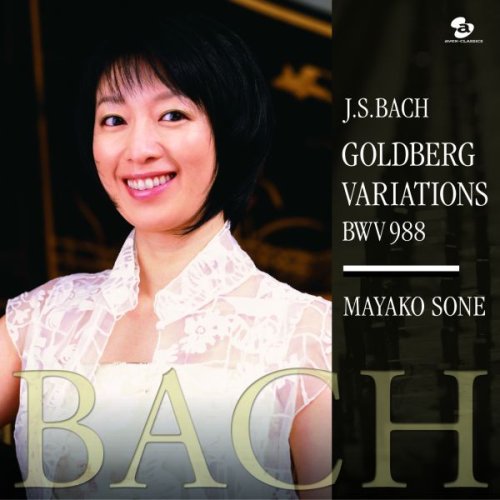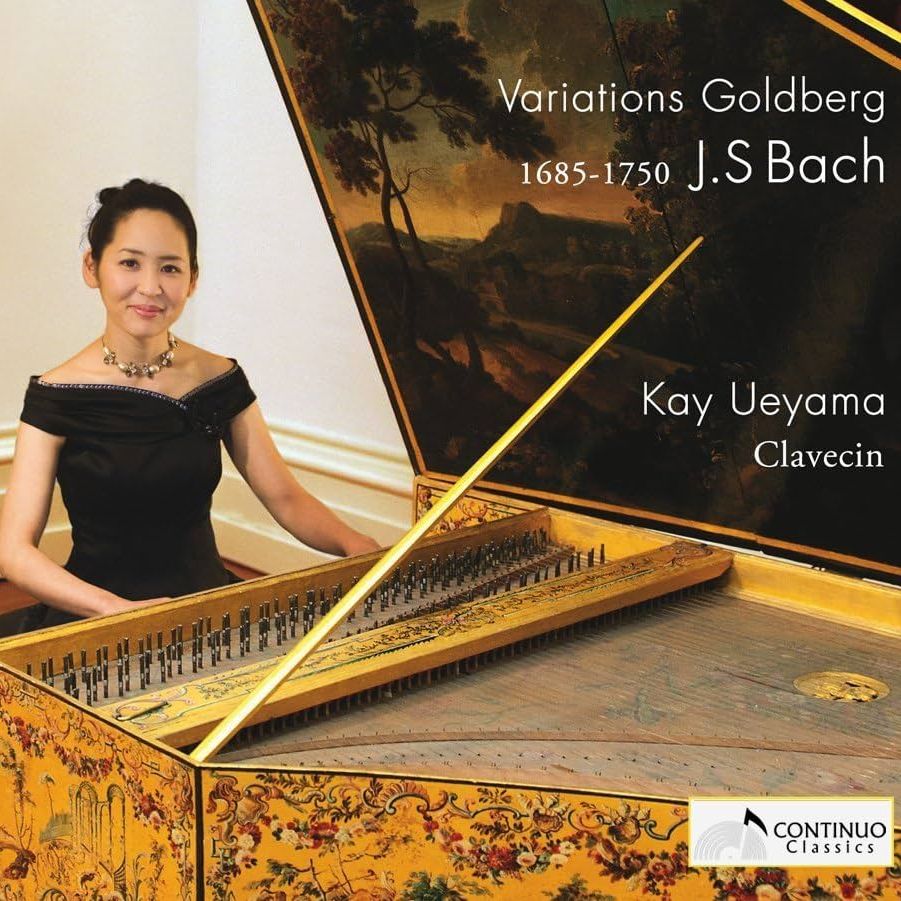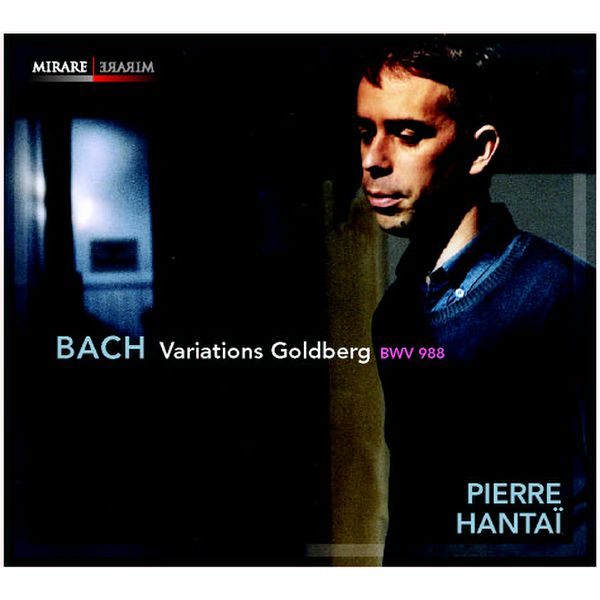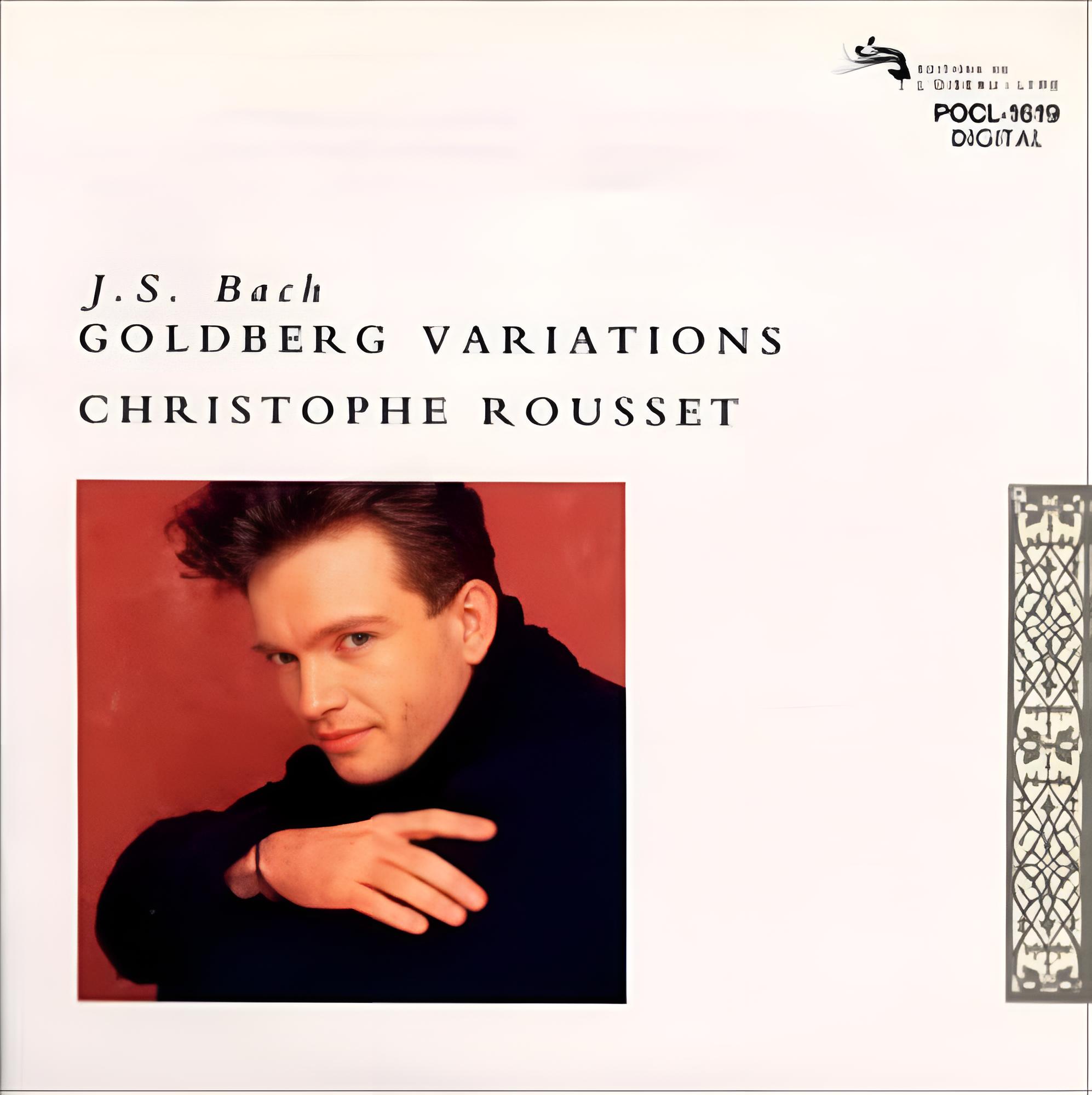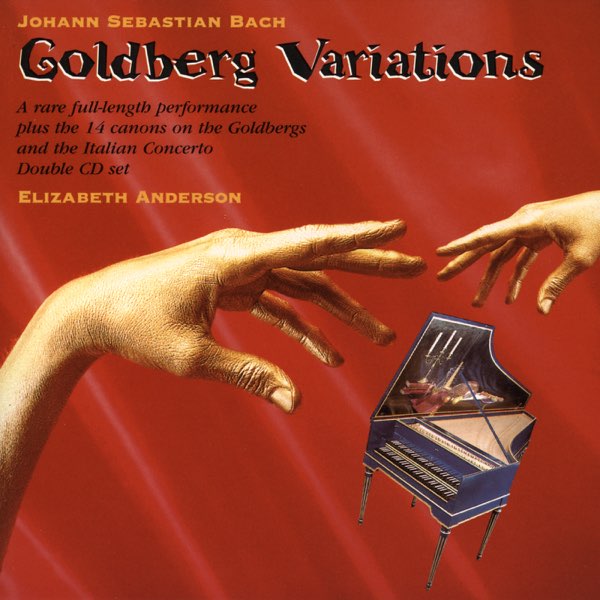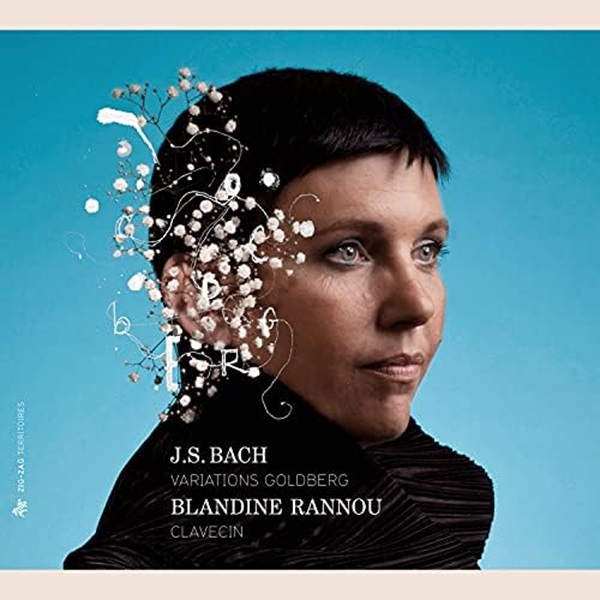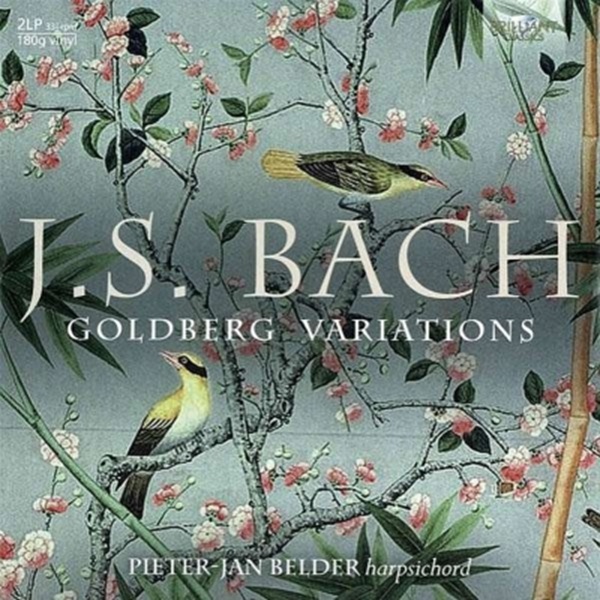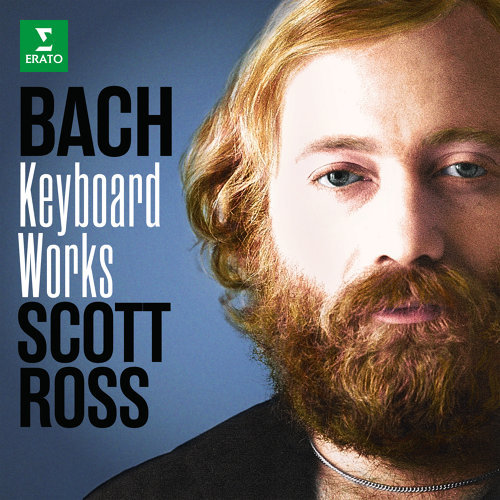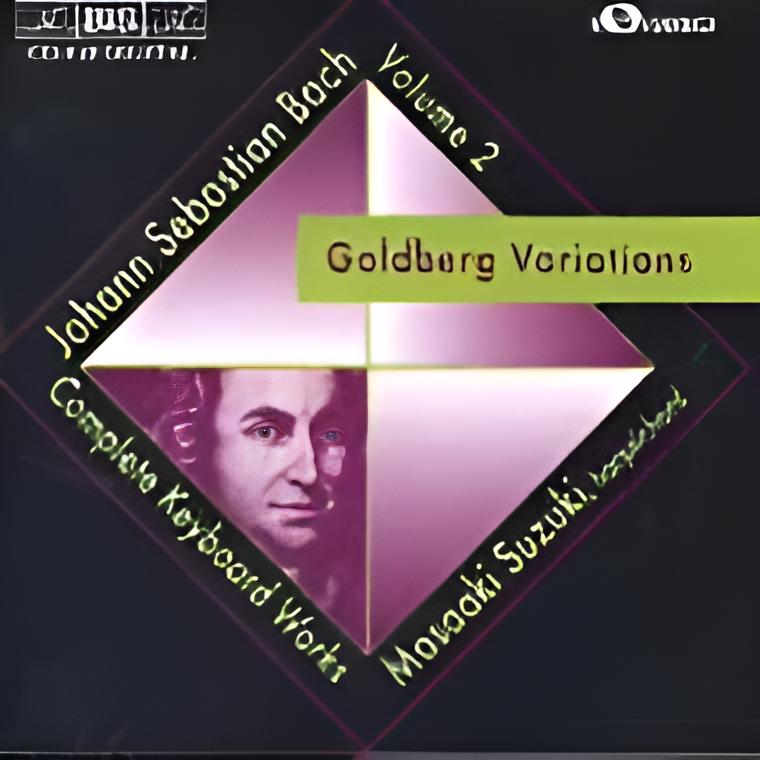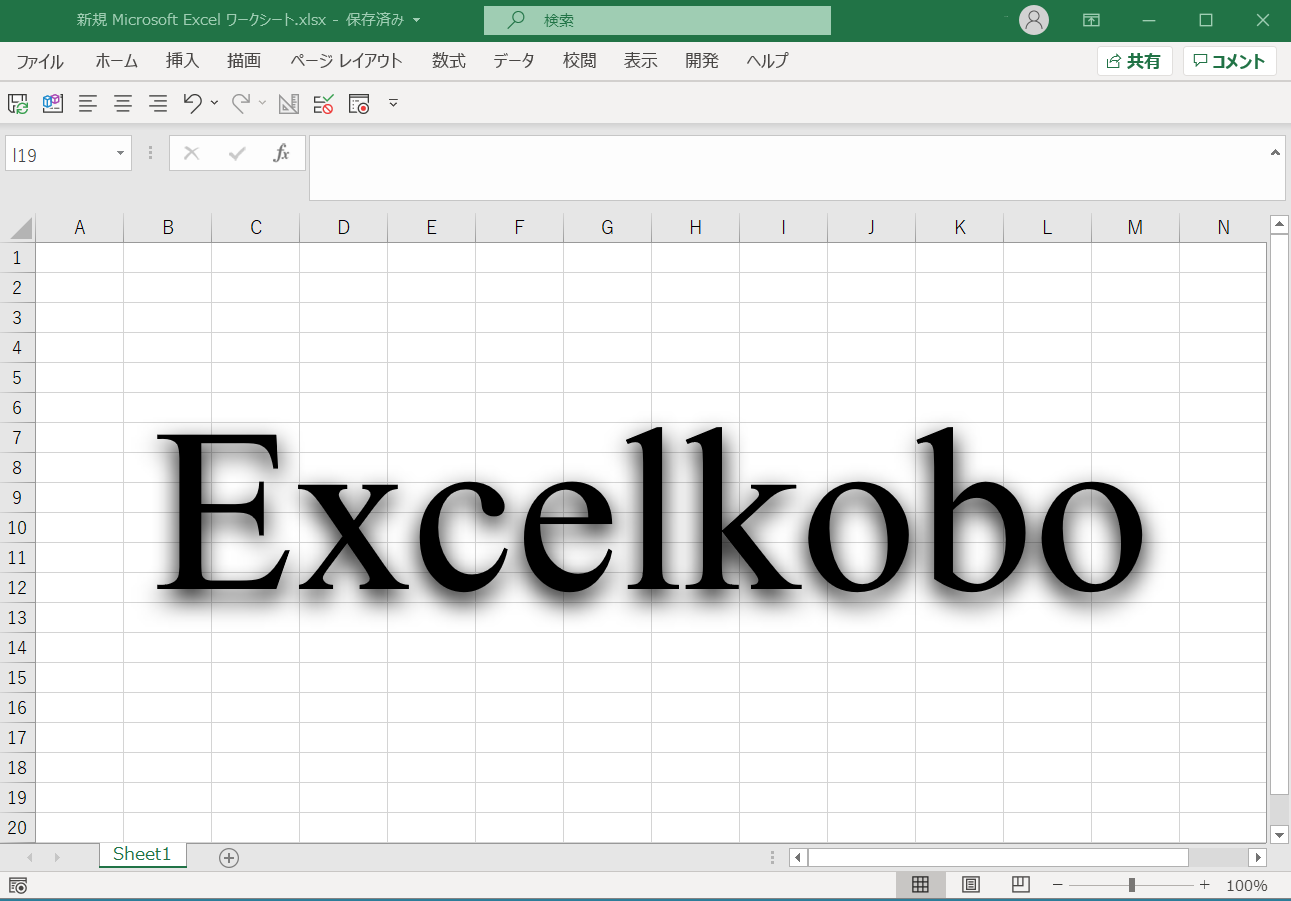About “Goldberg Variations”
I have written disc reviews of various performers of the Goldberg Variations, the masterpiece of Bach’s keyboard works. The Goldberg Variations contains a truly inexhaustible and profound world, and every time I listen to this piece, I find myself becoming more and more interested in it. The differences in interpretations by performers are also one of its charms. I previously wrote the following: “The miracle of this piece is that it does not make the listener feel that it is a miracle.”. In other words, while it is in the form of a variation, canons from the same degree to the ninth degree are inserted every three songs. Nevertheless, harmonically, it is still in the form of a variation, and the harmony is the same throughout the entire piece. If this is not a miracle, then what else can we call it?
So far, we have covered: Helmut Walcha
Gustav Leonhardt
Keith Jarrett
Michio Kobayashi
Ton Koopman
Jean Rondeau
Trevor Pinnock
Kimiko Ie
Kenneth Gilbert
Genzo Takehisa
Blandine Verlet
Edith Picht-Axenfeld
This time, we will be looking at the following CDs:
Gustav Leonhardt
Keith Jarrett
Michio Kobayashi
Ton Koopman
Jean Rondeau
Trevor Pinnock
Kimiko Ie
Kenneth Gilbert
Genzo Takehisa
Blandine Verlet
Edith Picht-Axenfeld
This time, we will be looking at the following CDs:
① Mayako Sone
② Kay Ueyama
③ Pierre Hantaï
④ Christophe Rousset
⑤ Elizabeth Anderson
⑥ Blandine Rannou
⑦ Asako Ogawa
⑧ Pieter-Jan Belder
⑨ Scott Ross
⑩ Masaaki Suzuki
② Kay Ueyama
③ Pierre Hantaï
④ Christophe Rousset
⑤ Elizabeth Anderson
⑥ Blandine Rannou
⑦ Asako Ogawa
⑧ Pieter-Jan Belder
⑨ Scott Ross
⑩ Masaaki Suzuki
① is a recording made on a copy of a German style harpsichord by Gottfried Heinrich Graupner. The Goldberg Variations are often performed by French or Flemish instruments, but when I listen to them with that in mind, am I the only one who thinks that the German cembalo is the best? Sone’s performance is generally perfect.
② is a performance using Johannes Ruckers’ original instrument. Of course, it is a beautiful sound instrument, but it is unfortunate that the sound is blurred because it was recorded off-mic in a place with a lot of reverberation (a museum).
③ Hantai recorded this piece twice, in 1993 and 2003. This time I listened to the 2003 version. His performance is characterized by rhythmic, clear articulation, and light tone with elegance. Just like Gould on the piano. The witty decorations added during the repetitions are also very enjoyable.
④ The performance by Rousset on the original French harpsichord (Henri Hemsch) gives a polite, or rather stoic, impression, but that is by no means a bad meaning. Listening to his performance, I was suddenly reminded of Keith Jarrett’s performance.
⑤ is a performer I have never heard of before. The recording was made in 1996, so she is a performer with a fairly long career, but I was not aware of her due to my limited knowledge. This CD also includes 14 Canons and the Italian Concerto as bonus tracks. The “14 Canons” are a collection of canons composed based on the bass notes in the first eight bars of the Goldberg Variation’s first aria, but it is a mysterious collection of pieces whose motive for composition is unclear. It is one of Bach’s many pieces of music that are “composed for the sake of composition itself”. It is said that this piece is the one Bach holds in his portrait by the famous Elias Gottlob Haussmann. Bach was the 14th member of the “Mizler Society”, a musical academic society founded in 1738 by the German mathematician and musician Lorenz Christoph Mizler von Kolof. It is said that when he joined the society, he submitted the scores of these 14 canons and the above portrait. Bach was obsessed with the number 14, which is the sum of the alphabetical order of his name, and it is said that he calculated the time to join so that he would be 14th in line. I’ve digressed, but Anderson’s performance is very orthodox Bach.
⑥ plays the first aria at a very slow tempo. The tempo rubato is also pleasant. The style of subtly shifting the beats from left to right reminds me of Jean Rondeau. She does not omit any repetitions, and uses many ornaments on the second repetition. It is her own world. I would say that some listeners may like or dislike her performance.
⑦ Ogawa is one of the few players who plays the appoggiaturas on the second and third beats of the aria as “passing notes”. But that’s not the point, it’s a matter of taste. As far as I know, the only other person who plays this way is pianist Yuji Takahashi. I have not heard it much on the harpsichord.
⑧ Belder has apparently recorded the Goldberg Variations three times in total, but the performance I listened to this time was the latest recording from 2017. He has recorded a huge number of pieces as an exclusive performer of the Brilliant Classics label, but he is particularly famous for his recording of the “complete Fitzwilliam Virginal Book”. This CD also features a very crisp Bach performance.
⑨ Ross has left us two versions of Goldberg, one live and one in the studio. Both are excellent, but I find the live version more appealing. When I finished listening to Michio Kobayashi’s Goldberg, which I have previously covered, I realized it was a live performance only when the audience applauded, and I was amazed by the perfect performance, and Ross’s live performance was exactly the same.
⑩ And finally, Suzuki. The Goldberg performed by Japan’s leading Bach expert, who is unrivaled in both talent and popularity, will be the last of my reviews. Frankly speaking, it is a performance that draws you into its world from the very first note. The touch and articulation and all is so perfect that there is nothing left to say.
That’s all for now, and I think I will continue to review Goldberg every time a new CD comes out. #baroque #bach #goldbergvariations #片山俊幸
https://excelkobo.net/bachwerke/archive/BWV0988.pdf
https://excelkobo.net/bachwerke/archive/BWV0988.pdf
